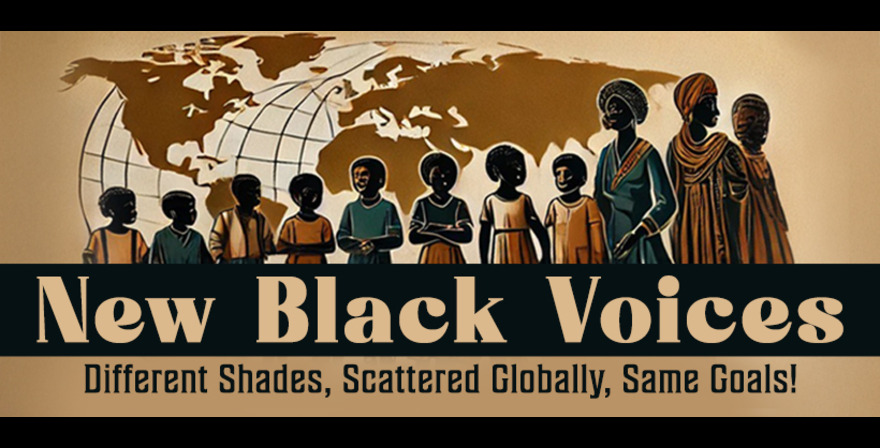By Manuel Holguin
By March 25, 2020, a few months after the first reported case of COVID-19 in the US, all public schools were closed indefinitely. “It became immediately apparent that the pandemic would have a huge impact on students and specifically students of color and students from low-income communities,” said Allison Socol, Ph.D., during a briefing to discuss the impact and learning loss that students experienced during the pandemic shut down. Most importantly, Socol and two other panelists, Hayin Kimner, Ph.D., and Louis Freedberg, an award-winning education journalist, discussed proven programs and approaches to inspire students to get back to school and recover from learning loss.
Socol spoke on what “unfinished learning” is and why the Education Trust chose not to call it “learning loss” or “learning gaps.” Learning loss and gaps, as others refer to them, are the loss of academic skills and knowledge that students face when taking breaks from school or, in this case, being forced to stop attending in-person learning, such as the last two years. They chose “unfinished learning” for two reasons; the first is to “signal that with resources and supports, students can absolutely make progress” and to “shift the focus away from blaming students and putting the responsibility on the systems.” Socol, like many others, understands that the full effects of the school shutdowns due to COVID are still being studied. “The research that we’re drawing on is not research about how to accelerate students learning in a global pandemic,” said Socol. “But we do know a lot about what works for accelerating students learning and helping them catch up.”
The Education Trust brings to the table three evidence-based strategies to accelerate learning. The first is targeted intensive tutoring, and she demonstrated its features and how they range from more to less effective. Some examples are the effectiveness of tutors, being more effective when done by certified teachers and less effective when done by trained volunteers or peers. Another shows how the ratio of one or two students to one teacher is more effective than when the balance is 3-4:1. The second strategy is expanded learning time. An example of this strategy is how the curriculum is most effective when aligned, individualized, and high-quality and loses effectiveness when no clear program goals are set. The final strategy is relationship building, showing how certified teachers and other staff can be more effective than outside mentors.
Louis Freedberg spoke on the strategy of project-based learning. Project-based learning is an approach in which it is believed that students acquire more profound knowledge through a functional assessment of real-world challenges. “For me, one of the most important goals is getting kids excited about learning and being in school,” said Freedberg. “For too long, the focus and the whole narrative in schools has been on testing and grades.” Freedberg understands that there will always be some form of testing in schools but believes it does not entirely work and should not be the primary way of teaching children. Freedberg uses the George Lucas Educational Foundation and Edutopia as an example. Their core strategies are “project-based learning, social and emotional learning, comprehensive assessment, teacher development, integrated studies, and technology integration.”
Another strategy to help close the learning gaps due to COVID is community schools. Hayin Kimner, Ph.D., spoke on the subject. “Community Schools do not refer to a program or a funding strategy,” Kimner said. “When we’re talking about Community Schools, we’re talking about a whole child. It’s a whole-school improvement strategy where districts and schools work together and work with their community, teachers, students, families, staff, and partnering with community agencies and local government to align their resources to improve student outcomes.” Learning from the mess of COVID, Community Schools Learning Exchange (CSLX) took what was most effective when teaching shifted to remote learning. Community schools focus on student and family relationships, collaborative and leadership staff, student-centered education, and integrated student and teacher support. In the final word, Kimner said that community learning and any of these strategies are more than a response to COVID; it’s about adapting to cultures, putting connections and human relationships first, and working as a community to support children to thrive.
